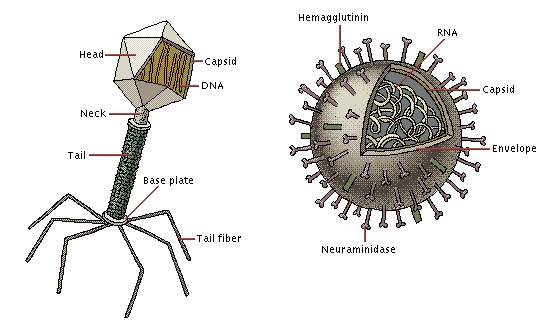Viruses are the simplest entity in the form of unique particles. The word virus is derived from latin word "venom" which means "poisonous fluid". They are so small that they cannot be seen with light presences. Virus is smaller than bacteria. Like living organisms they do not respire or excrete and can be crystallized. Virus show their life functions only inside host cells. Therefore, viruses are the only organisms in nature organisms in nature which behave like both living and non-living organisms. Where normal cells cannot be crystallized.
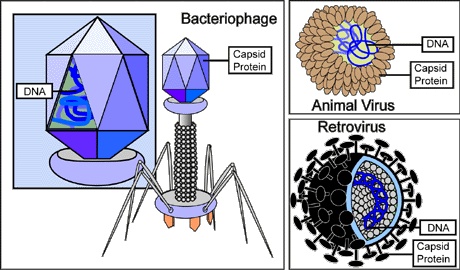
Viruses are nucleoprotein structures. They consist of a protein envelope containing a nucleic acid which is DNA or RNA. They have no cytoplasm. They use the metabolism of the cells in which they live. When we studied about virus in electron microscope, the result is that viruses may be quite variable in size.
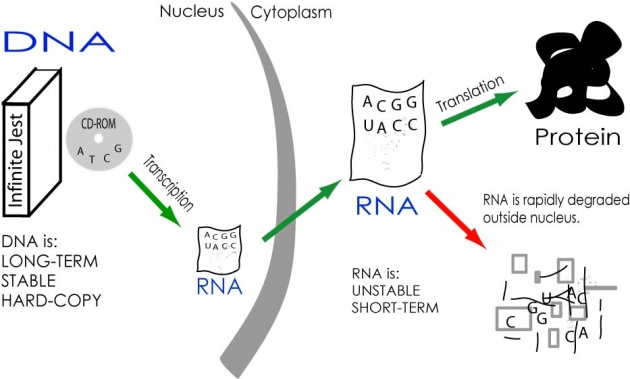
Being very small, viruses are placed at the bottom of the organization of organisms. Information about viruses is obtained from the studied of phages and bacteriophage. Bacteriophage are the those viruses that feed on bacteria. A bacteriophage virus has DNA inside and complex protein envelope called the "capsid".
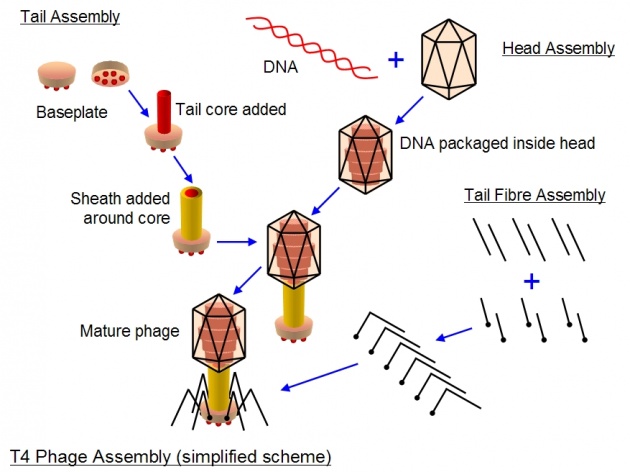
Each type of virus infects certain cells. Yellow fever virus infects liver cells. Viruses are not affected by antibiotics but affected only by some physical and chemical factors like pH, radiation, high temperature and dehydration. Some of common viral diseases are Hepatitis virus, pox virus, HIV, etc.
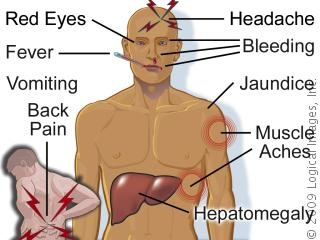
On the basis of host organism viruses may be classified as plant viruses, animal viruses and bacteriophage. These infects animals and humans and cause disease. Their nucleic acid may be RNA or DNA. Flu, chill, paralysis, measles, German measles, rabies and AIDS are caused by viruses containing RNA. In bacterial viruses, they generally possess DNA. Among these bacterial viruses those infecting Escherichia coli are studied experimentally.
